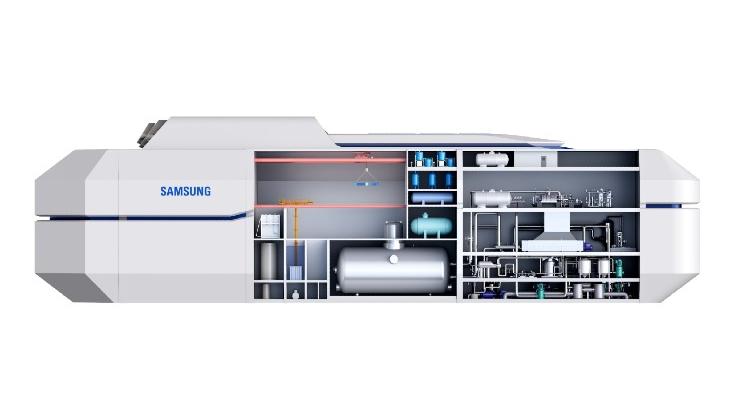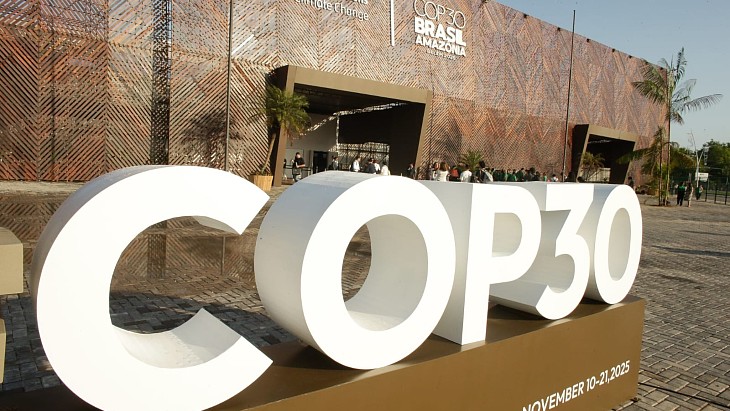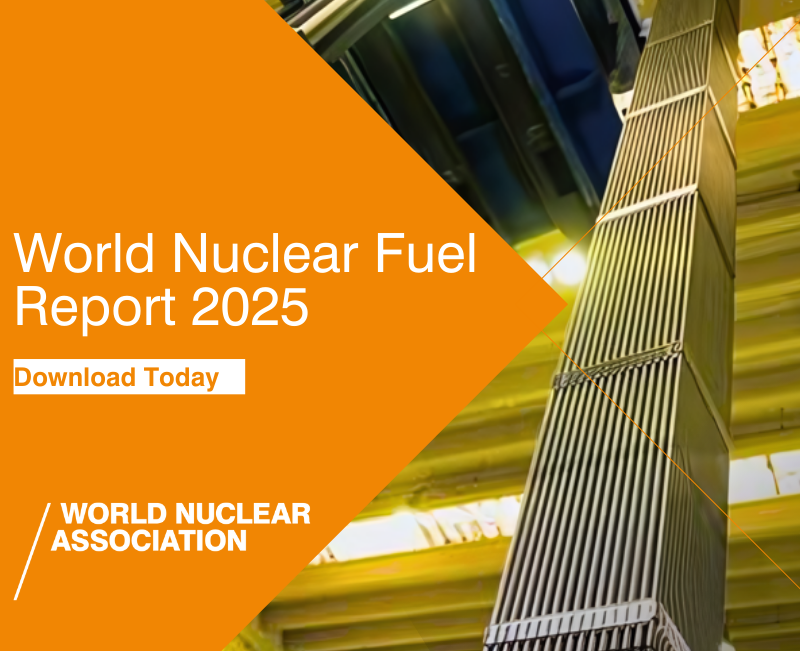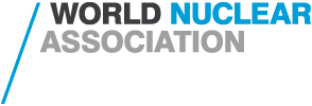Located in Cormeilles-en-Parisis in northern France, the 2400 square-metre facility will host a team of around 20 Naarea engineers as well as experimentation facilities to validate the non-nuclear environment of the technologies that will be used in Naarea's microreactors (such as pumps, gas systems, materials, valves, chemical processes, sensors, actuators, etc) and their modes of operation.
The I-Lab will have three main areas. Firstly, an industrial area dedicated to the production of coolant salts, prototyping, assembly and automated tests, and the validation of the future digital architecture of Naarea's production facilities. Secondly, a testing area dedicated to the operation of experimentation facilities designed to validate the thermohydraulic components for the eXtra Advanced Nuclear Reactor (XAMR). These facilities will primarily include test loops and testbeds on various scales. The third area will comprise three specialised laboratories: a materials and chemistry laboratory dedicated to studying corrosion and mechanical behaviour; an analysis laboratory for the development of methods, processes and analysis of materials and their level of purity; and a gas laboratory for the development of the XAMR microreactor's gas systems (filtration of noble gases, drying of inerting gases, enrichment and treatment of chlorine gases, etc).
Naarea said the tests that will be conducted using the full-size test loops at the I-Lab will allow it to make "concrete progress" in the development of its microreactor. They will be used to validate the studies and calculations performed by the engineering teams, test innovative processes and materials and develop the technical documentation being prepared for the French Authority for Nuclear Safety and Radiation Protection.
"I am proud of this new step forward achieved with our teams, which reinforces our progress and shows further evidence of our development," said Naarea founder and CEO Jean-Luc Alexandre. "This test facility is the right size to meet our needs, and will accommodate large-scale test loops as well as materials and large structures. These tests and research are essential to our industrial goals, and mark a turning point in our road to achieve them. Complementing the joint laboratory created with the CNRS [French National Centre for Scientific Research] and Paris-Saclay University, I-Lab brings us into a new physical demonstration phase that was particularly important to us."
Naarea - formally established in November 2021 - says its ultra-compact molten salt fast neutron reactor will use "the untapped potential of used radioactive materials, and thorium, unused mining waste". Once it develops the XAMR design, the company intends to target applications in areas such as transportation, agriculture and smart buildings.
Naarea says that, because of the compact size of its reactor and because there is no need for it to be grid-connected, the XAMR can "be deployed as close as possible to regions, to match energy demand as closely as possible and allow the control of security of supply, at the service of industries and communities". It expects the first units of XAMR - which can generate 80 MWt/40 MWe - to be produced by 2030.

_56821.jpg)



_47120.jpg)

_23621.jpg)






